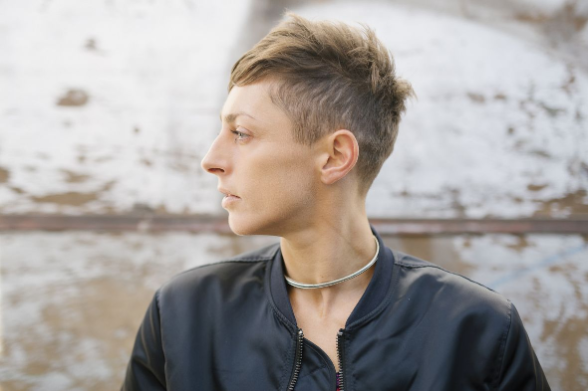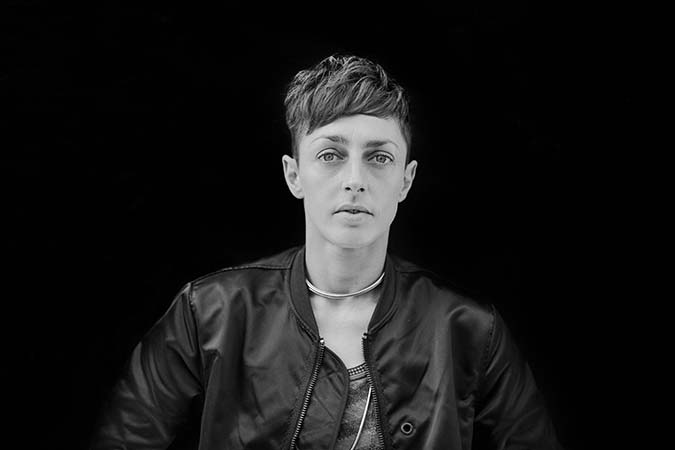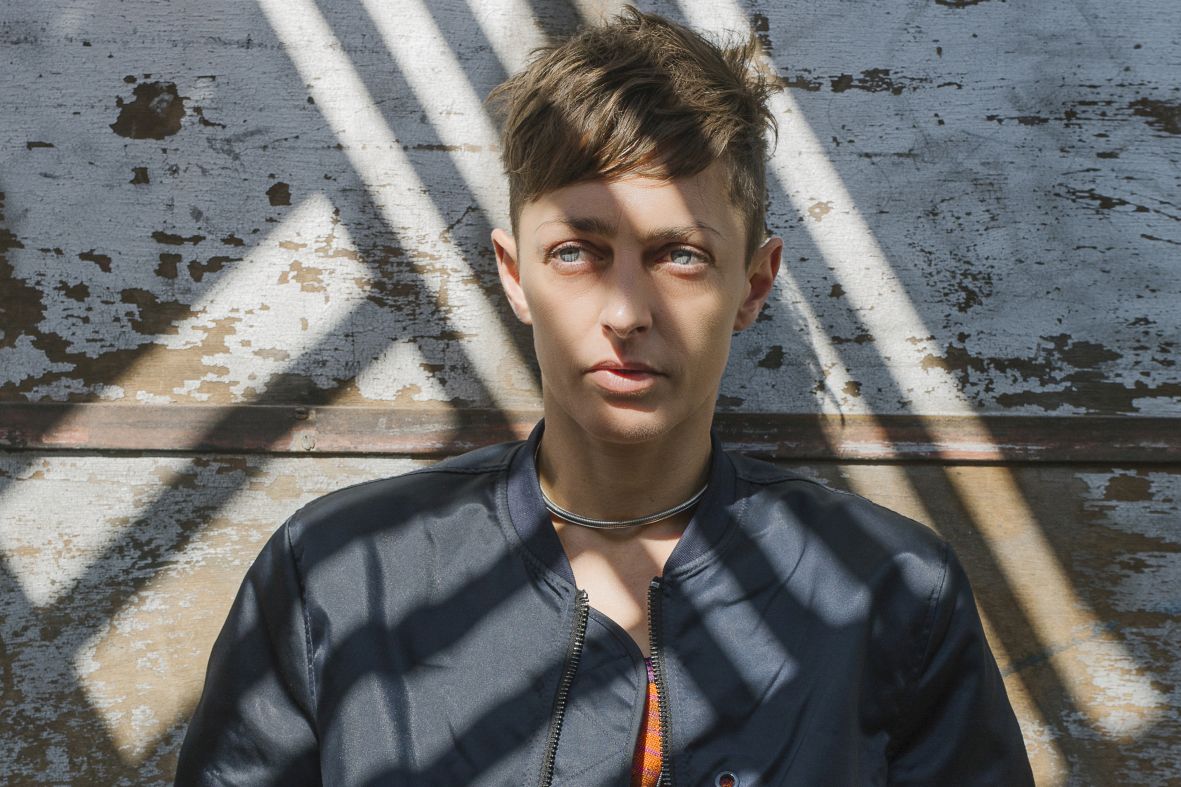Simone Aughterlony
Outstanding Female Performer 2015
Simone Aughterlony was born in 1977 in New Zealand, and completed her training in dance at the New Zealand School of Dance in 1995. She has been professionally active in Europe since 2000, and now lives and works in Zurich and Berlin. Her career began as a dancer with the American choreographer Meg Stuart and her group Damaged Goods in Brussels, in such pieces as “Alibi” and “Highway 101”. She went on to work with the British theatre and performance group Forced Entertainment and the filmmaker and director Jorge León, among others. In addition to a variety of collaborative efforts, Simone Aughterlony has since 2004 also been developing her own projects, which routinely feature herself along with others, such as the solo works “Public Property” (2004) and “We need to talk” (2011). Since 2013, with Gessnerallee in Zurich and the HAU Hebbel am Ufer in Berlin, among others, she has been co-producing a trilogy of duos: “Show and Tell”, “After Life” and “Supernatural”, which examine the body under extreme conditions.
The body is Aughterlony’s primary means of expression; her physical presence is unmistakable and unusual. She often enhances her pieces with texts or specially contrived spatial concepts. She sees the stage as a place to investigate issues of life and the body, which she pursues by means of radically conceived projects as well as with performances that test the limits of physical experience. In “Supernatural”, the third duo, which was shortlisted by the jury in the Current Dance Works 2013 to 2015 competition, Aughterlony and Antonija Livingstone appear naked, armed with sturdy axes, and perplex the audience with their masculine vigour and physical presence; as they ostensibly go through the motions of chopping wood, they implicitly interrogate normative gender types.








